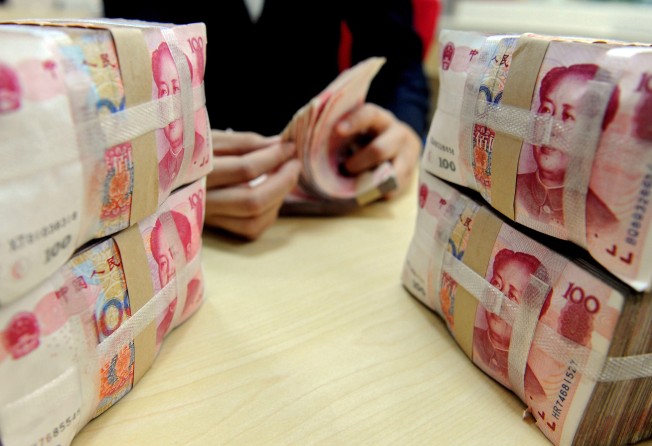After red flags raised by Beijing, Bank of Jinzhou’s Hong Kong listing is hard to swallow
The regulator rightfully doubted the bank’s risk when it first applied for listing in June

Hong Kong’s regulatory regime is disclosure-based, which means buyer beware. But the approval for the listing of Bank of Jinzhou is too hard to swallow.
The Liaoning-based bank is a “showpiece” of all the ills of city banks in mainland China.
Let us start with its aggressive, if not reckless, lending policy. One name tells all – Hanergy Group, which is under investigation by the Securities and Futures Commission after its spectacular fall from an eye-popping rally.
By June 30, the bank had loaned 9.4 billion yuan to Hanergy via all kinds of channels, except formal corporate lending.
There was about 6 billion yuan via the so-called beneficial interest transfer plan – a popular conduit among small banks to get around regulator’s interest rate and loan ratio controls. In return, Jinzhou got 7.6 per cent interest for six months
Like many of its peers, it went on to sell wealth management products on Hanergy to its clients to generate fee income.
The shocking twist is Jinzhou ended up investing more than 3.4 billion yuan of its own money in these products.
Only 70 per cent of these significant exposures were secured – with nothing more than Hanergy’s shares. If impaired, the bank, which earned 2.1 billion yuan last year, would be in deep loss.
The regulator rightfully doubted the bank’s risk when it first applied for listing in June.
Miraculously, Jinzhou managed to halve the exposure within two months. Two “independent” mainland financial institutions brought 2 billion yuan worth of the exposure at face value from Jinzhou. Hanergy paid back 2.6 billion yuan.
Who would have been generous enough to take up loans at no discount when its own collateral was suspended shares of a company under investigation? How did Hanergy, in financial difficulties amid creditors’ demands, manage to come up with new money?
At the same time, Jinzhou said its reduced exposure was now fully secured by certificates of deposit issued by the bank itself to Hanergy. Any prudent banker would have questioned this type of risk management.
It is not the job of a regulator to play detective. Yet, since all the above “improvements” have not been seen by the auditor, it would be fair for a regulator to wait for the 2015 audit report before pressing the green light.
Yet, the regulator did not.
No less shocking is that Jinzhou has been allowed to hide the name of Hanergy in its prospectus. “A listed company” is what the document said.
Hanergy is no individual case. Jinzhou’s overall numbers are equally worrisome. By June 30, Jinzhou could barely pass the official requirement of 8.9 per cent capital adequacy ratio. It was 8.92 per cent.
If this is what Jinzhou can manage to get at the time of listing, when it is supposed to show its best face, it should not be too difficult for the regulators to imagine how soon it would fail the requirement.
If all the above was too technical to raise an eyebrow among our regulators, two query letters from its mainland peer should have had the alarms ringing loud.
Jinzhou applied for a listing in Shanghai as early as 2011. In 2012, the China Securities Regulatory Commission(CSRC) questioned the legality of some material loans and whether they had breached official requirements on collateral, resulting in non-performing loans.
It also asked if Jinzhou had provided loans to certain stated-owned enterprises for the latter to acquire bad debts from the bank in order to improve its asset quality.
Jinzhou said “a very limited” amount of the lending did not meet official requirements and “a very limited” amount of collateral had “not been legally created”.
In the meantime, two parties have been battling in the courts for a 7.5 per cent stake in the bank, its single largest shareholding. In 2013, CSRC queried the bank on this and whether any relevant people were involved in any criminal offences.
The bank insisted that the commission had issued no vetting comment and withdrew the application last year.
Both the integrity and ownership of the bank has been questioned by Beijing. Yet, it is listing in Hong Kong.